Tinsel halos, tea towel head dresses, and negotiating with children about which animals would actually be in a stable. The early years nativity is one of those traditions that is looked at with nostalgia, but perhaps causes all concerned more angst than joy.
As with anything we do, it is always worthwhile pausing to think about why we’re doing a festive performance in a particular way - and if that is the right thing for our children.
Why do you do a nativity play/performance?
Some reasons I’ve heard for doing a nativity (would you add any?)
The parents love it.
The children love it.
The staff love it (are you sure?).
SLT/ management say EYFS/ pre-school are doing the nativity.
The children look cute.
The children need to learn how to perform/ it builds confidence.
We’ve always done it.
The school/setting up the road do one every year - we have to or families will choose them.
While some of these might be valid reasons - we do want our children to develop their self-confidence which may lead to them sharing a story, song, dance or rhyme with an audience. We want to provide experiences that children, families and our community can enjoy together. But a performance (as with any creative product) needs to be the result of a process that is relevant to our children and the skills they are developing. And while the children and families may appear to enjoy the performance when it happens - are we sure they do and how do the rehearsals and preparation feel for all concerned?
And I am not sure I have met a practitioner who enjoys endless rehearsals in the hall and sleepless nights wondering if the children have remembered the last song or will agree to wear the tinsel halo!
You may have found an approach that is generally enjoyable for all concerned, if you have please share it in the comments - if you haven’t read on and find some ways to think differently about the nativity.
Understanding developmental progress
You have told me that you are noticing more children who need support with communication, language and social and emotional skills. When you think about the skills your children are currently developing - is the nativity that was first performed 20 (or more) years ago appropriate for the children in your class today?
If you are working with younger children in nursery, pre-school, toddlers or a baby room - should you be considering a performance at all?
The first thing to do is to think about your children’s skills - what are they working on now, and what might this mean in terms of a performance. A performance involves self-confidence, social understanding and memory (remembering songs, actions, stories or rhymes).
Looking at non-statutory curriculum guidance, like Development Matters and Birth to Five Matters, might help you begin to map the progression of skills involved. When you look at these documents, also draw on your knowledge of child development and of your individual children to think about what is appropriate for them.
I looked through both documents and thought about which skills in communication and language, personal social and emotional development, literacy and expressive arts and design might be relevant. (You may add to this as you think about your children and setting).
Babies will be listening to what is around them and responding to music and sounds with whole body movements, They may then begin to recognise and anticipate their favourite parts of songs and rhymes.
Toddlers and young children may join in with parts of a favourite song, rhyme or story. They will dance when they hear music, and may copy movements they have seen. They may enjoy exploring the sounds they can make with instruments or with their voices.
Three and four year olds may have favourite stories, songs and rhymes and be developing the confidence to share these in a familiar group.
By reception age, children engage more deeply with storytelling, music and creative arts, but not all are ready for structured performances (particularly in their first term in reception).
The problem with large group performances
Events like nativities, end-of-term concerts, and class assemblies often expect children to memorise lines and perform in front of large audiences. For many young children (and some older children and adults), this can be overwhelming, creating anxiety rather than fostering the joy of creativity.
When our goal becomes a public performance, we focus on the outcome, rather than the process which goes against our usual child-centred approaches.
A child-centred approach
When you begin to look at skills, you can see that for our youngest children (in pre-school, toddler or baby rooms) a traditional performance is unlikely to be appropriate. They may be starting to show some enjoyment and awareness of songs and stories, or even starting to sing a few favourites. But learning new songs and then performing them - while they are still building their self-confidence and self-awareness is likely to be difficult.
Families may enjoy a shared, festive story or song time - with children able to sit with a parent or carer and sing or join in with parts of a story with them.
Children in reception will be beginning to be able to remember and retell familiar stories, and to perform music and dance. So, you may decide (depending on your children) that for your reception class a performance is appropriate . However, it is important to think about how this is organised in a way that supports all the children in your class - some of whom will still be developing the skills and confidence needed to perform to an audience.
Questions to explore together
Whatever the age of children you are working with, having looked at the skills your children are developing and exploring these questions as a team will help you to decide what to plan:
Can everyone in the class/ setting take part in a way that is right for them? (consider children’s social development, sensory processing and communication differences).
What skills are your children developing now - for example, how long can they join in with an adult-led activity as part of a group?
What do your storytelling activities involve?
How do you enjoy and learn songs, rhymes and music together?
How do your children listen and communicate?
In what ways do families join in with play, activities and stories?
Are all your families able (and comfortable) coming to a performance? Remember to consider families who cannot get time off work, who are uncomfortable in busy environments or who are unsure and worried about how their child will respond to performing.
How much time do we need to spend practising? How much of what we are doing can be part of our usual storytelling, singing and rhyme routines?
As you think about these questions, you will begin to see how your festive performance (or event) needs to be organised to include everyone. You can build on what the children are doing in singing, music and story sessions to create an experience or performance that you can share with families.
Costumes - depending on the approach you take costumes may not be needed, children could all wear a bright or festive colour or simply their usual clothes.
If you decide to have costumes, have these in your provision so they are familiar to the children. Be aware of children’s sensory processing differences - check labels, seams and the feeling of the fabric.
A shared storytelling/celebration - rather than having children on a stage to perform, could your shared festive activity be a little closer to your usual practice?
If you have space you could invite families to join you to share songs or join a storytelling session. If you organise this as you would usually families will have the opportunity to see how their children enjoy and join in with storytelling or singing.
Your festive stories and songs could be a family event as part of forest school or one of a number of activities at a stay and play.
Preparing children for a performance
By this I am not thinking about making sure you book extra hall time for rehearsals. Lots of time practising can feel stressful for everyone, and reduces the time the children have to play and learn all the other things you have planned. If you need hours and hours perhaps the particular performance is not the right one for your children.
By preparation I mean making sure children understand the change in routine that accompanies your performance. You may have a social story to explain what will happen on the day and make sure you include a practising and performing visual on children’s individual timelines.
Individual ways to be involved
This does not mean five children getting ‘main parts’ and everyone else is put in a choir or band (we’ve all been there!). It is about everyone in your class being part of the experience.
It involves thinking about the strategies you use every day and how these may apply to your festive performance. For example,
Having visuals or objects to help children see what is going to happen next.
Using sign and visuals to support children to join in with songs, rhymes and stories.
Flexible sitting/standing (this may include children sitting with a family member to join in).
Sensory supports, for example, lap pads, ear defenders, joining in from a distance, fidgets.
Performances in smaller groups with a small audience.
While we have all come across the practitioner who truly believes the nativity needs to be at least up to the standard of their favourite west end show, this really is not the case. When we start with our children and what they can do, not with an image in mind of the finished product, we can plan a celebration which builds on and develops the children’s skills and is joyful for all involved.
References:
Department for Education. (2023). Development matters - non statutory curriculum guidance for the early years foundation stage. Available from: https://www.gov.uk/government/publications/development-matters--2
Early years coalition. (2021). Birth to 5 matters - non-statutory guidance for the early years foundation stage. Available from: https://birthto5matters.org.uk/wp-content/uploads/2021/03/Birthto5Matters-download.pdf


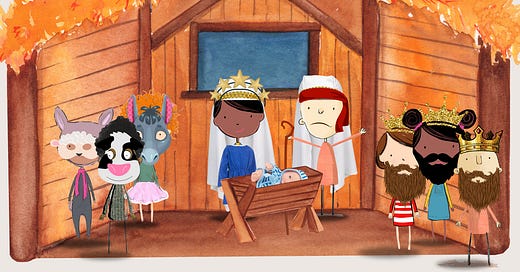




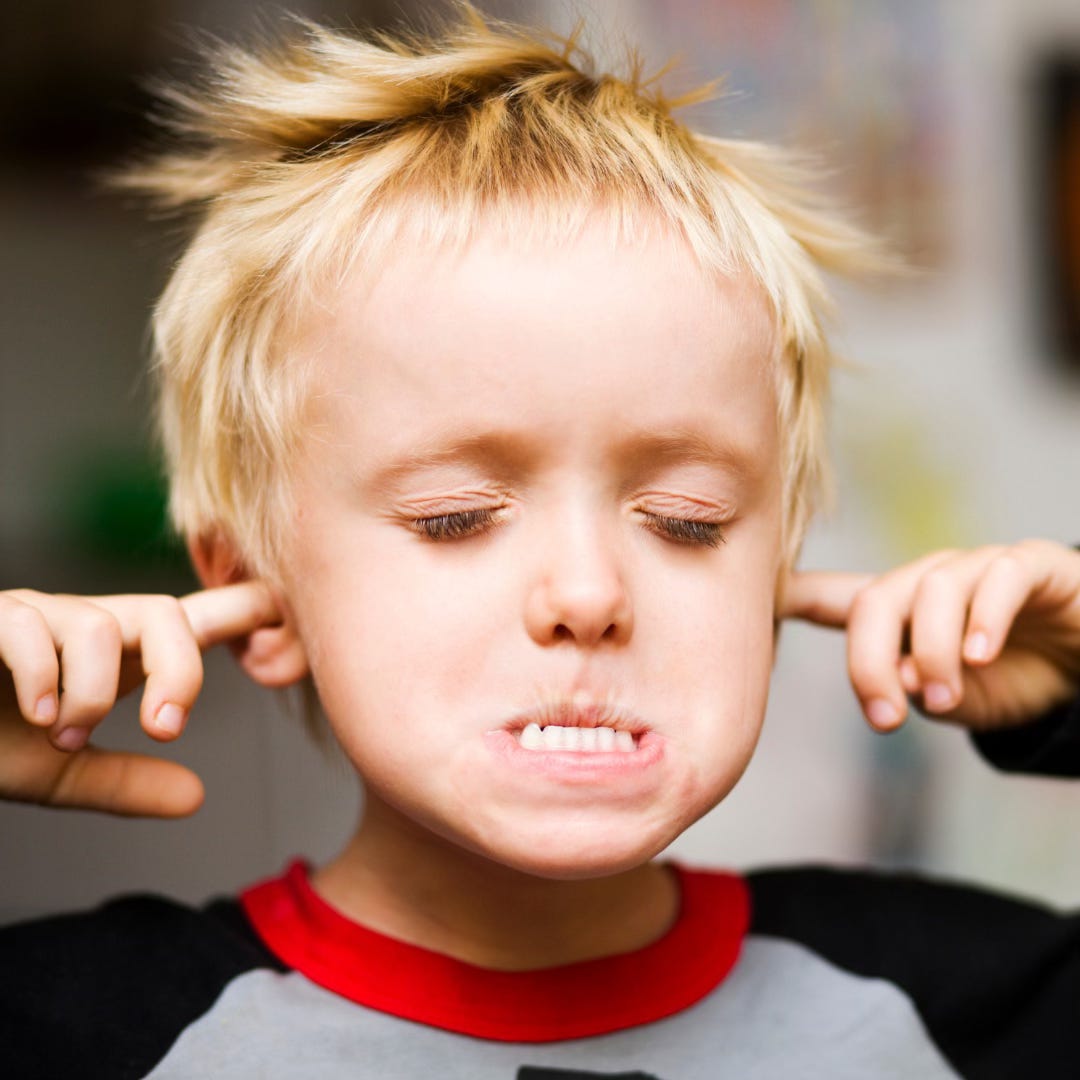
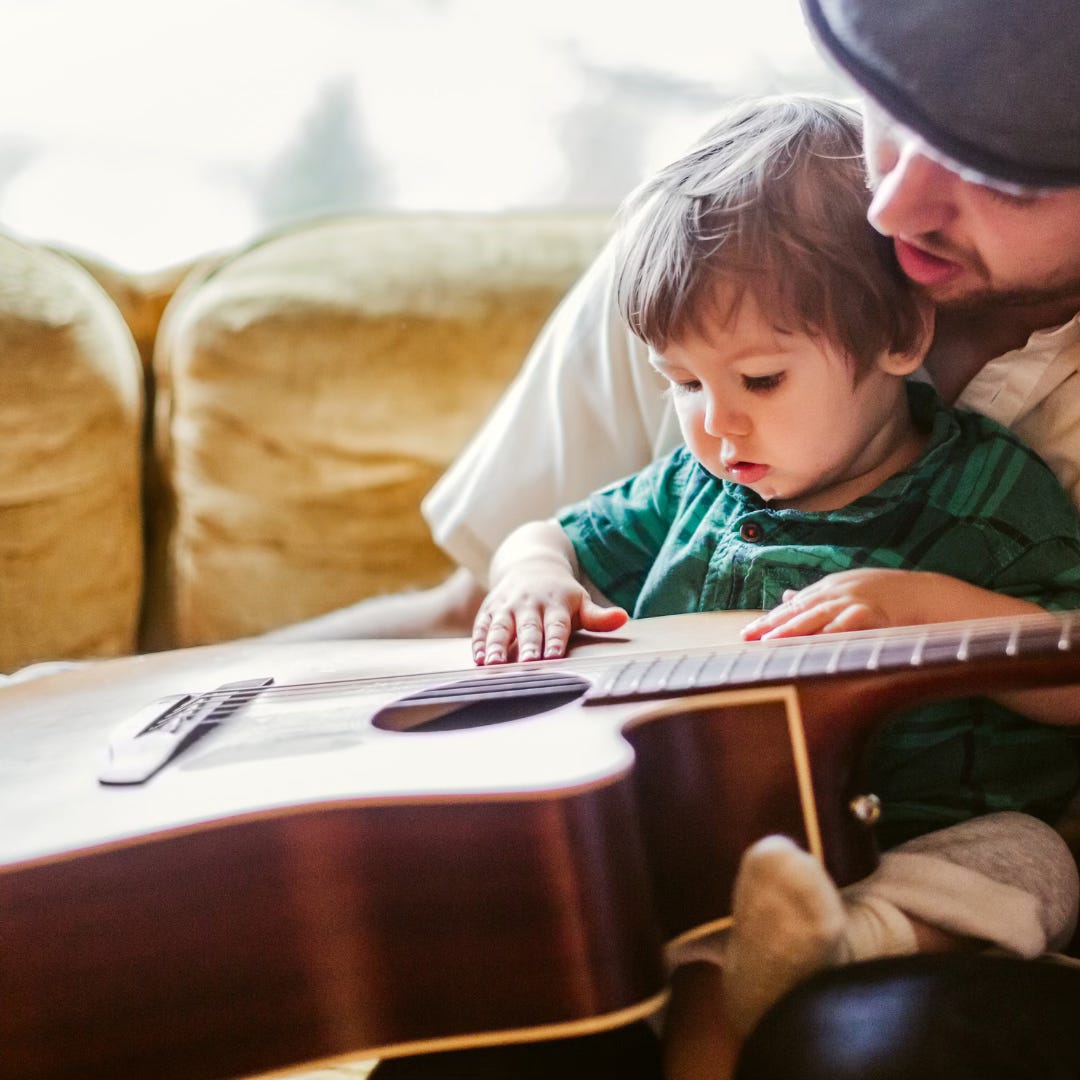

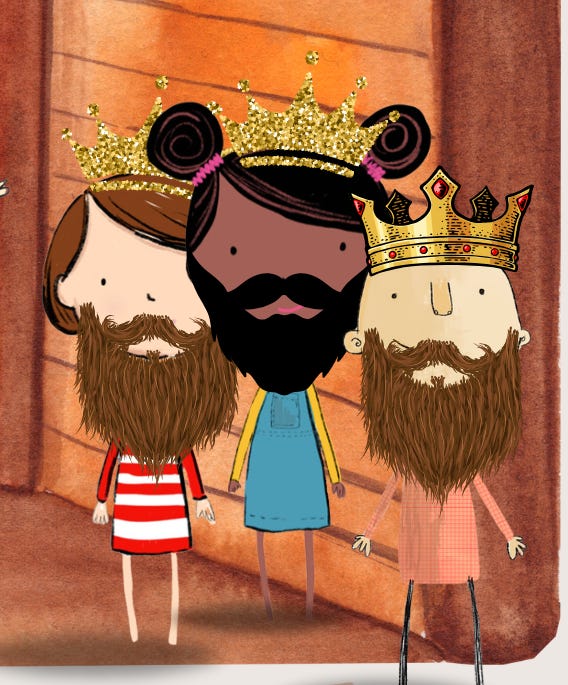
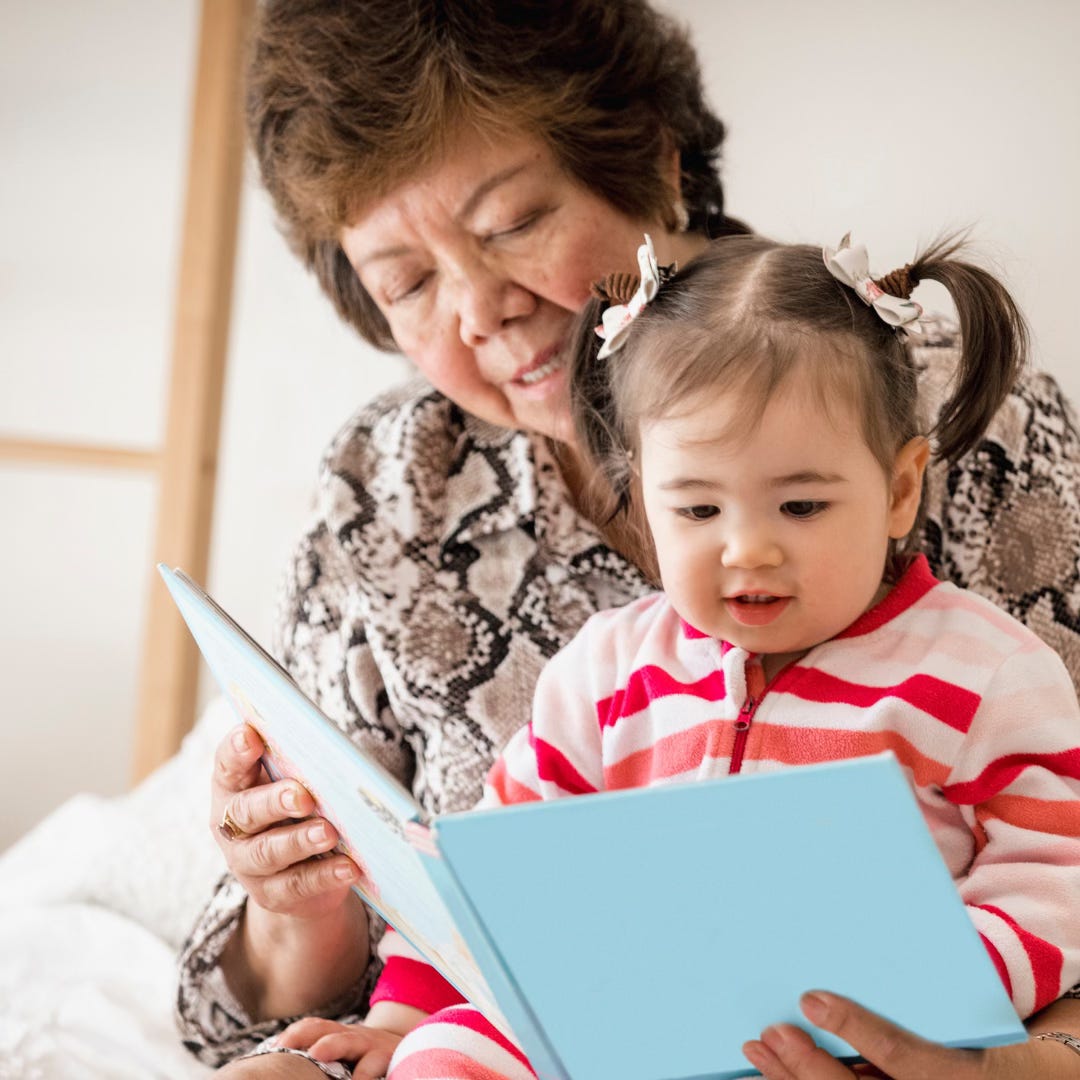
Love the ideas of alternatives.